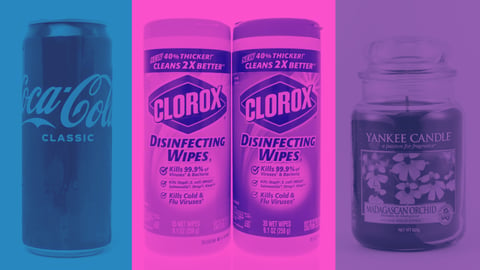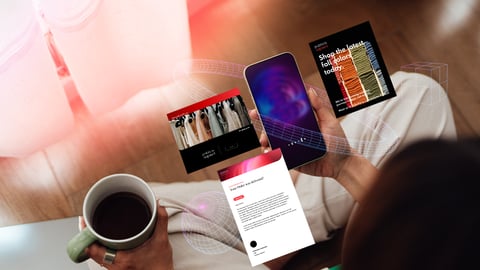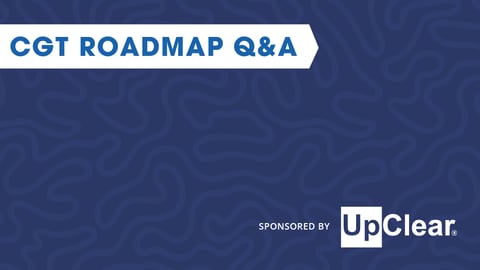Nestlé Develops Generative AI Tool to Optimize Sustainable Packaging Development
Nestlé is looking to automate its packaging efforts, focusing on reducing plastics while identifying recyclable materials, such as paper-based and mono-material solutions, that meet a product’s functional needs while still meeting food safety and quality standards.
To do so, the company has developed a generative AI tool that will help pinpoint high-barrier packaging materials.
For the effort, the company collaborated with IBM Research to create AI-driven processing techniques to consolidate data about known packaging materials from public and internal documents. The technology then uses a chemical language model that understands the relationships between structural molecular features and physical-chemical properties to output ideas for new packaging materials with improved moisture, temperature and oxygen controls.
Also: Nestlé USA and other CPGs Shift Away From Synthetic Coloring
The AI-enabled language model will be used to optimize the development of more sustainable packaging solutions across product categories, said Stefan Palzer, Nestlé’s CTO, in a statement.
Nestlé’s Digital Transformation
This latest AI push builds on recent efforts to introduce new efficiencies into Nestlé’s operations.
For example, the company is already using digital twin technology to optimize its manufacturing and content creation processes. Nestlé has also been using an AI-enabled recipe optimization tool that helps product developers take into consideration various needs and tradeoffs related to ingredients, nutrition, cost, sustainability, and consumer expectations and potential impact.
A couple of months ago, Nestlé said it was creating a new center dedicated to deep technology innovation as part of its strategy to strengthen R&D. The center will use AI and virtual/mixed reality to help expedite and bolster research operations.





